How RDs Can Stop Food Fears Before They Begin Due to the “Dirty Dozen” List
3/18/2020 1:00 PM
By: Elizabeth Shaw MS RDN CPT CLT
Guess what? It’s that time again when media outlets will start covering the release of this year’s “Dirty Dozen” and “Clean Fifteen” produce lists. As a registered dietitian nutritionist in the media, this season is always a busy one.
I must first disclose I am an EOPP (equal opportunity produce pusher), a term I coined after realizing nine in every 10 Americans is falling short of meeting their fruit and vegetable intakes. Being someone who has devoted their entire career to ensuring the public feels safe and informed about their food intakes, lists like the “Dirty Dozen” always make me feel like my messaging and the work I’ve strived so hard to do is taking three giant steps backwards.
Thankfully, the Alliance for Food and Farming invited me here today to share with you how we can stop the food fears before they even start!
Let’s rewind first, shall we?
The “Dirty Dozen” is a list produced by the Environmental Working Group (EWG) that is released every spring with claims about produce items and “high” pesticide residues. I won’t repeat exactly what Dr. Carl Winter, toxicologist and professor emeritus, University of California Davis, had to say on the topic in this post here, but I highly encourage you to check it out.
Basically, there is flawed methodology not being conveyed to the consumer when the report is released. When this happens, an immediate fear is embedded into minds, leaving consumers apprehensive to purchase some of their favorite fruits and vegetables (like strawberries and kale, two of last years so-called “dirty” contenders.)
Here’s the deal: the produce picks included in the dirty dozen don’t tell consumers that the actual percentage of pesticide residue left on the items is so negligible, if present at all, that it poses NO POTENITAL RISK to humans, both adults and kids alike.
To me, that is just crazy! Right?
Not only do reports annually confirm the safety of both conventionally and organically produced produce (like the California Department of Pesticide Regulation (DPR) 2018 and the USDA Pesticide Data 2018 Report), but so do organizations like the Environmental Protection Agency (EPA.)
And, for those who are still uneasy and need more proof, the Alliance has a robust, state-of-the-art Pesticide Residue Calculator that allows consumers to identify the number of servings they would have to consume for their gender and age group each day to remotely come close to having pesticide levels present to pose a concern.
For reference, as an adult female myself, I would have to consume 453 servings of strawberries to be a concern! My daughter, a young toddler, would have to consume 180 servings! While she is a strawberry addict, it’s hard to ever imagine she would get close to meeting that number of servings in a month, yet alone a day.
As much as we know produce is safe to consume and the above studies are valid and based upon peer-reviewed resources, it’s inevitable the fear messaging will come out rampant with the “Dirty Dozen” release.
To jump ahead three steps, I’m here to show you how you can actively use messaging to support produce consumption (both organic and conventional) and ease the minds of your followers as well as consumers at large that ALL produce IS safe to enjoy!
First off, remind them of the basics. All produce, whether organic or conventional, should be washed before being consumed. This doesn’t require any fancy produce washes or specialty sprays. Simply use cold, running water to make this happen.
I recommend to simply flip the conversation and casually incorporate it into your everyday activities you show your followers. For instance, if you’re on social media and preparing a recipe, show your viewers that you are rinsing off your bell pepper (or whatever ingredient) before you begin to chop it! Simple steps like this will help reassure consumers that whatever type of produce they purchased, running it under cold water helps to remove residual pesticides, if they are present at all.
Second, remind them how a balanced diet includes more fruits and vegetables in their diet (and tie in that most people aren’t even meeting their needs.) There was an interesting study published in Nutrition Today that showed low-income shoppers felt so conflicted over produce and pesticide messaging which depicted “higher pesticide” levels that they were more likely not to purchase any produce (either conventionally or organically grown.)
A sad day indeed when Americans feel safer purchasing a bag of cookies over an apple! Whatever produce you yourself prefer to purchase, show consumers and remind them that it IS safe. Take a selfie at the store picking out a variety of produce and encourage your followers to do the same. A small act like that will have a big impact long-term on your viewers perception of health.
Last, but not least, remind them that there are resources and tools available if they want a second opinion (trust me, I get it; sometimes people need to see the information for themselves to become a believer.) Not only does the Alliance for Food and Farming have that Pesticide Residue Calculator which is 100% free to use as well as a robust body of research, but the USDA also has their Pesticide Data Program they can view too.
Bottom line: let’s try to get out ahead of the “Dirty Dozen” discussion this year. After all, if half of all Americans increased their consumption by just a single serving more of produce a day nearly 20,000 cancer cases could be prevented each year! If that isn’t powerful enough, I’m not sure what is.



